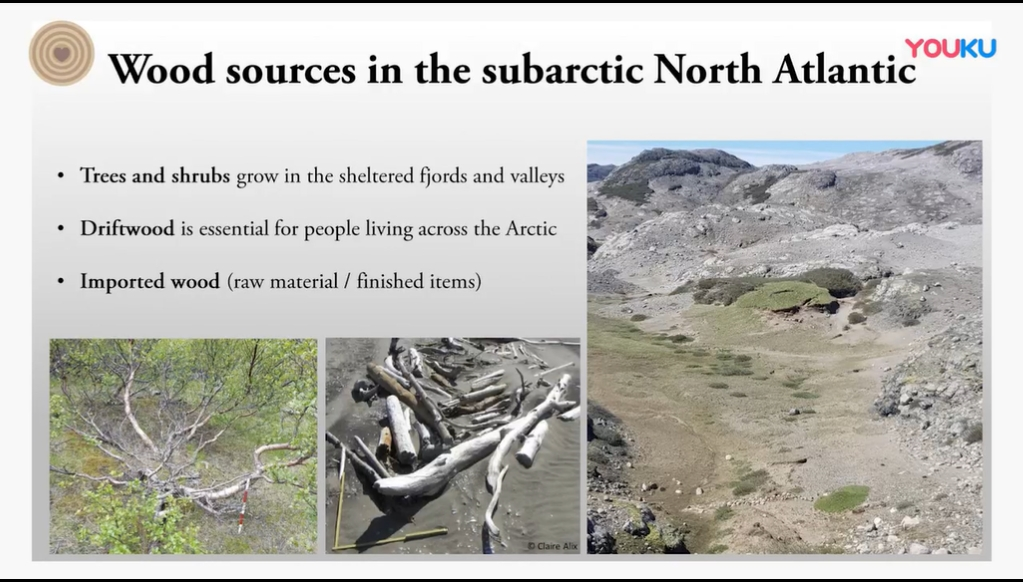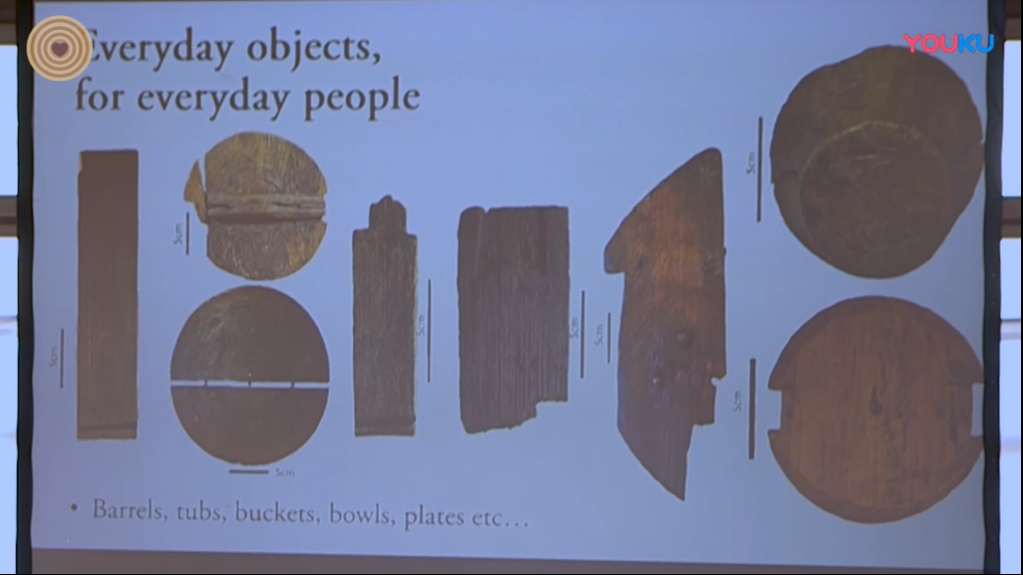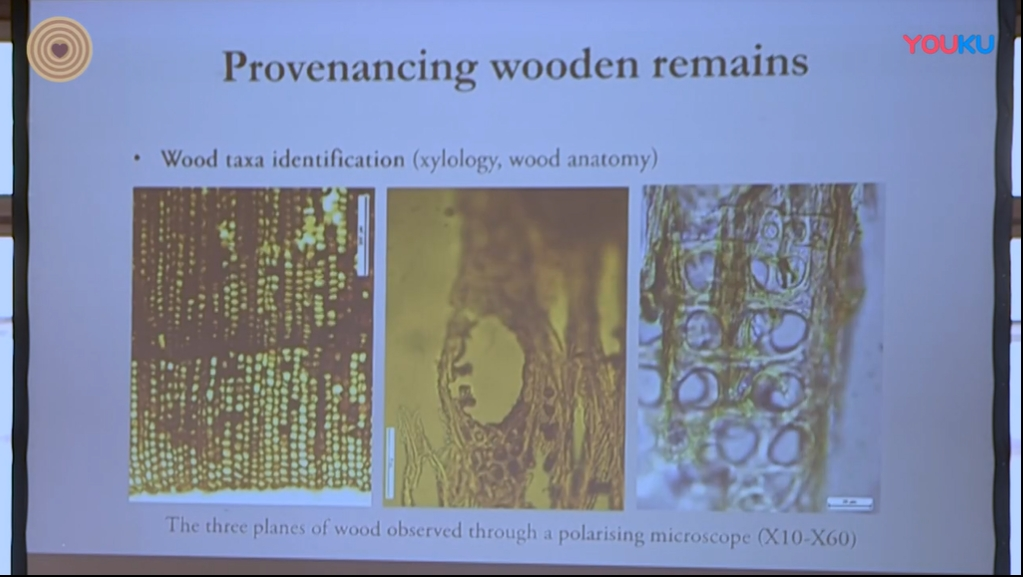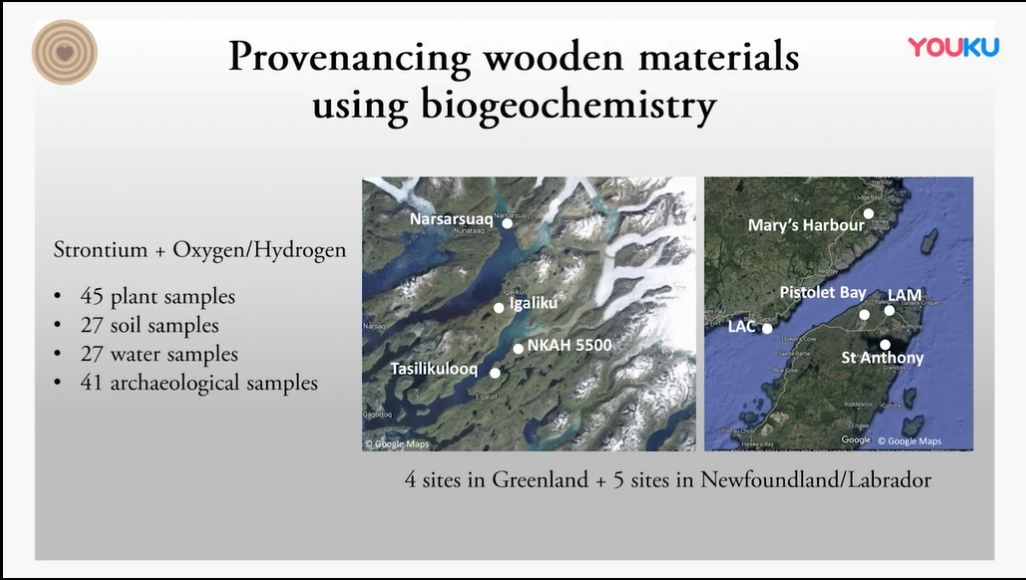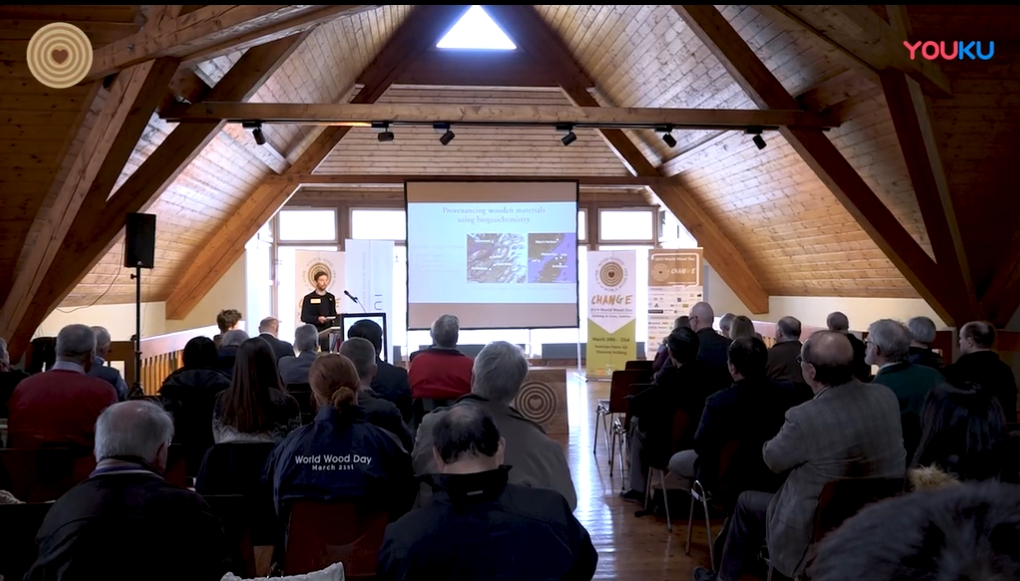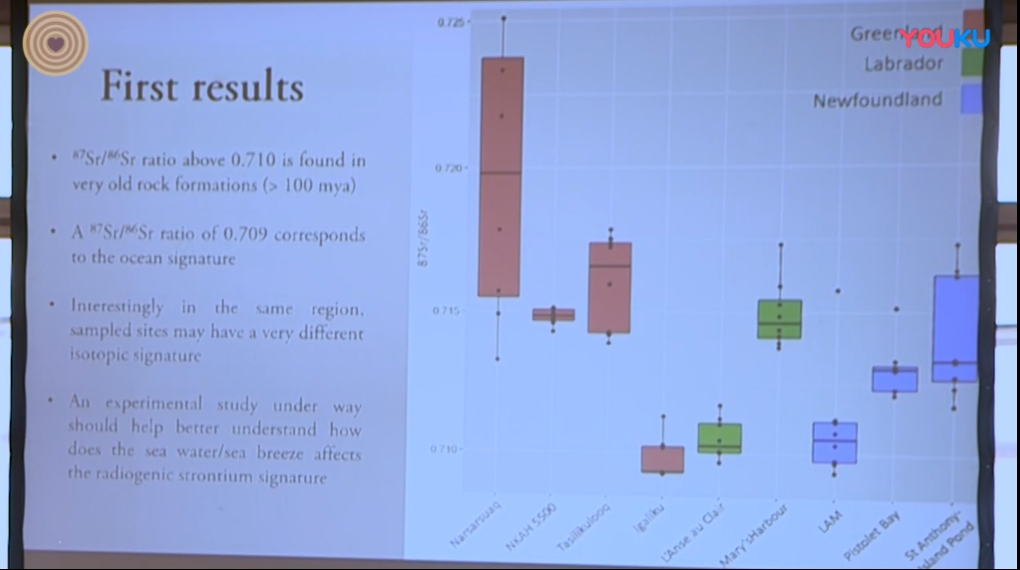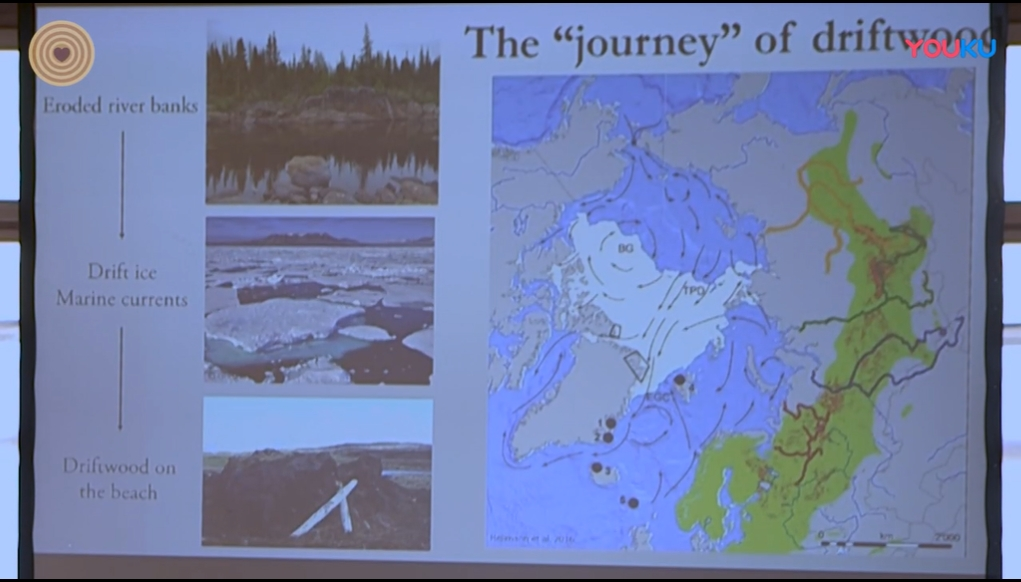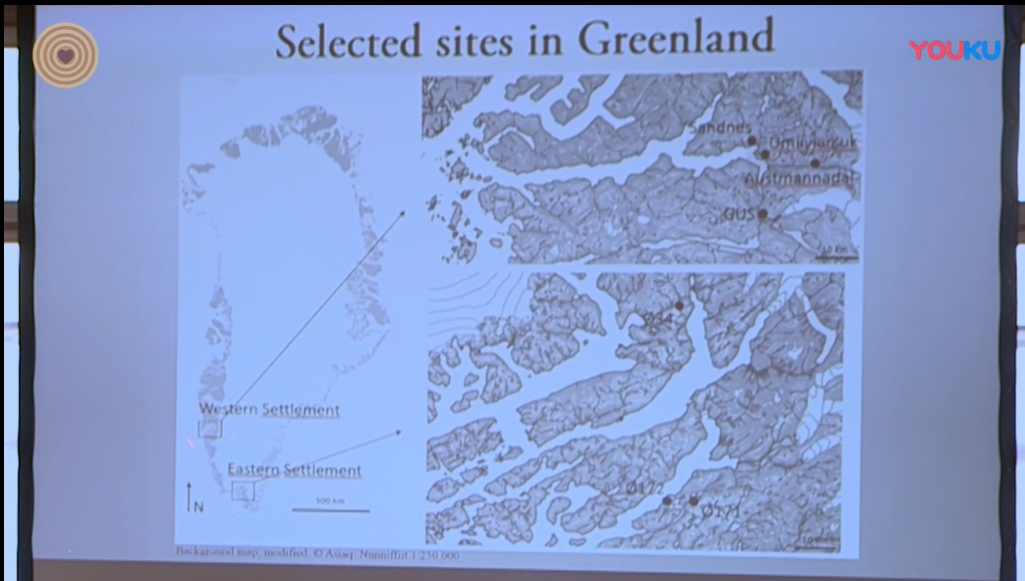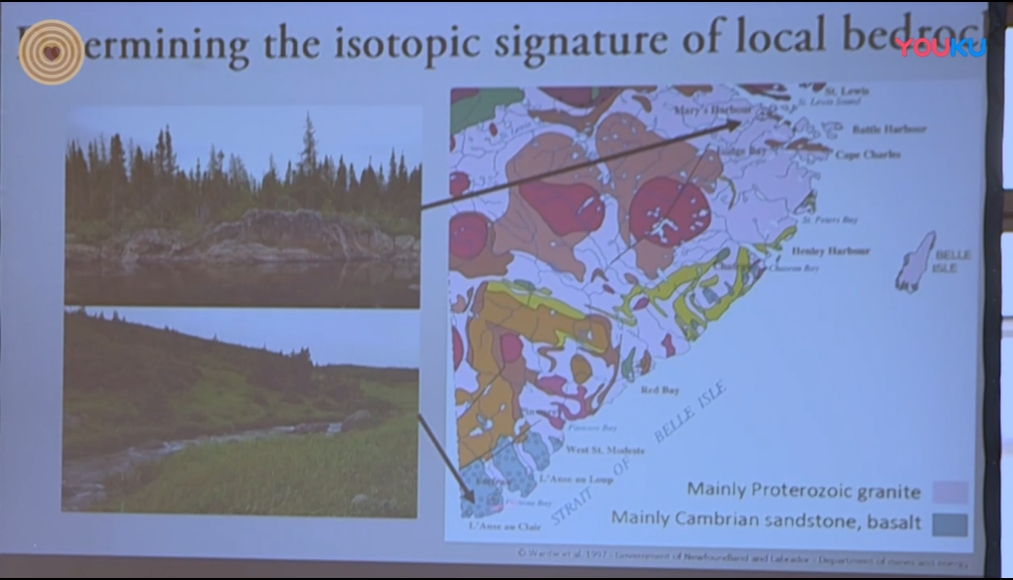会议时间:2019年3月21-23日
会议地点:奥地利·格拉茨
演讲嘉宾:Elie Raphaël Pinta
University Paris 1 Panthéon-Sorbonne / UMR 8096, Paris, France
摘要:The search for Arctic commodities led the Norse to the edge of the known world. In these poorly wooded North Atlantic landscapes they still managed to use wood and timber as a fuel source, a construction material for homes and boats, and in the production of tools and objects, which made wood a vital resource for everyday life. My research will focus on sourcing wooden materials used in the Norse Greenland Settlements.
From 985 A.D. to the mid-fifteenth century, Norse people from Iceland and the British Isles settled Greenland in two main areas in the southwestern part of the island known as the Eastern and the Western Settlements. For medieval populations living across Northern Europe, the use of wooden materials extended to all aspects of everyday life. When settling the North Atlantic islands, people had to adapt to new environments. Instead of large forested areas, the Norse faced rather limited wood sources and had to develop successful management strategies.
While we know the inhabitants of these islands were using wood and timber for almost all domestic activities, native North Atlantic species might not have been present in sufficient quantity or quality that was suitable for the needs of the Norse population throughout their occupation. In these poorly wooded landscapes, driftwood was, and continues to be, a key material for the populations. From historic sources, we know the inhabitants of the North Atlantic islands also relied on importations of timber from Northern Europe in order to supplement their resource deficit. The research proposed below outlines a methodological advancement designed to address a shortcoming in the current approach to wood provenance using only taxa identification.
The objective of the proposed research involves a pilot provenance study of Greenlandic wooden artifacts using isotopic analysis in collaboration with Sofia Pacheco-Forés (PhD Candidate at the Arizona State University – Archaeological Chemistry Laboratory).
This innovative project will provide a more accurate picture of wood culture in the Norse colonies of the North Atlantic. The pilot study will establish a methodology of wood provenance using strontium isotopes that can be applied in contexts other than the North Atlantic. Through its combination of a traditional study of wooden artifacts with modern sourcing methods involving analytical chemistry, the proposed research will contribute significantly to our understanding of the connections between past human populations and wooden materials.


 2,599
2,599
